Beyond the glamour and glitz of the Las Vegas strip is a whole different Nevada few people know of. It’s a place of wide-open spaces, small towns, and incredible natural beauty.
Just 50 miles north of Las Vegas is an astounding red rock desert landscape that rivals the best that Utah and Arizona has to offer. Just drive north and a few minutes east of the I-15 and you’ll discover the Valley of Fire, one of Nevada’s most distinctive state parks.
While there are dozens of reasons to explore this region, let’s look at the five best reasons to get out of Las Vegas, and lose yourself in the Valley of Fire.
1. It’s an easy day trip. Or, you can spend a few days there too.
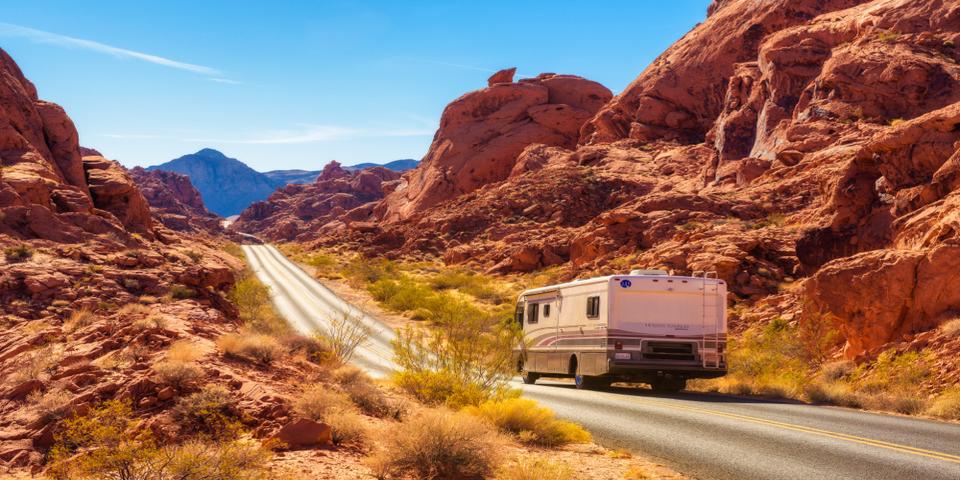
The Valley of Fire State Park is only about a one hour drive from Las Vegas, and it’s open 365 days a year.
Just drive north on I-15 to the exit that says, “Valley of Fire”.
The Moapa Paiute Tribe has a truck stop near the entrance, in case you need to fill up, grab a few snacks or buy native crafts.
In fact, the magnificent red rocks in the Valley of Fire are culturally important to the Southern Paiute. Some of the Native American petroglyphs in the park date back thousands of years.
Once you pay the modest fee of $10 to get into the 40,000-acre park, you can spend all day there.
Likewise, the park has two campgrounds, if you’d like to spend the night.
One campground has full hookups for RVs at $30 a night, and the other one offers dry camping for both RVs and tents for $20 a night.
2. This Valley of Fire area is full of history.
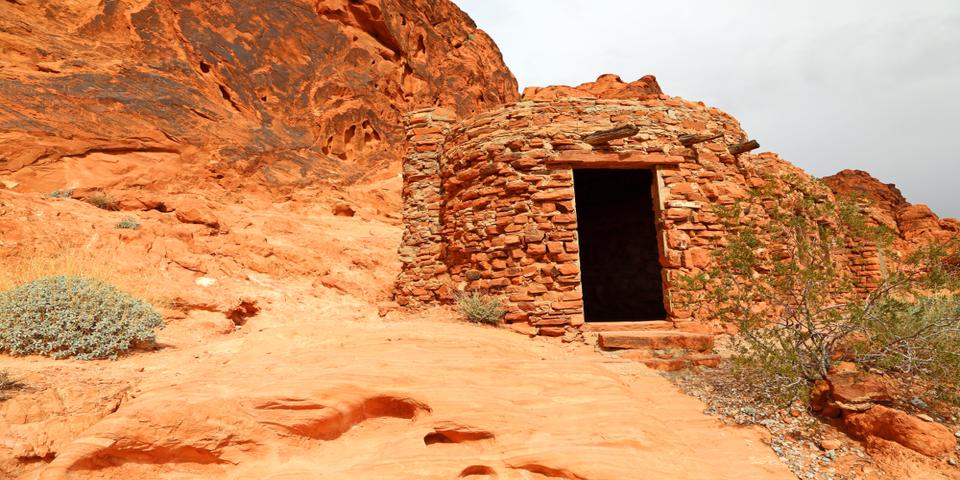
The Valley of Fire State Park is Nevada’s oldest state park, beginning with the transfer of more than 8,700-acres of Federal land. The Civilian Conservation Corps set to work building the roads and campgrounds, and the park was finally opened in 1935.
However, this area’s history stretches back much, much further than that.
Since 300 BCE, the Moapa Valley, as well as the Valley of Fire, have been home to many prehistoric civilizations, including the Basket Makers and the Anasazi Pueblo farmers, who lived in the nearby Moapa Valley, along the Muddy River.
In fact, if you’d like to venture a little further down the road, the Lost City Museum in the small town of Overton features a reconstructed Puebloan home, as well as many genuine Anasazi artifacts uncovered in the area.
In addition to the archaeological artifacts, the ancient inhabitants of the area left thousands of petroglyphs on the red rocks, by chipping away at the “desert varnish” which covers the surface of the bright red sandstone.
Petroglyphs are all over the park, and some are more than 3,000 years old. Perhaps the very best places to see this rock art are at Atlatl Rock and the short, easy hike through Petroglyph Canyon.
3. The Valley of Fire landscape is monumental.
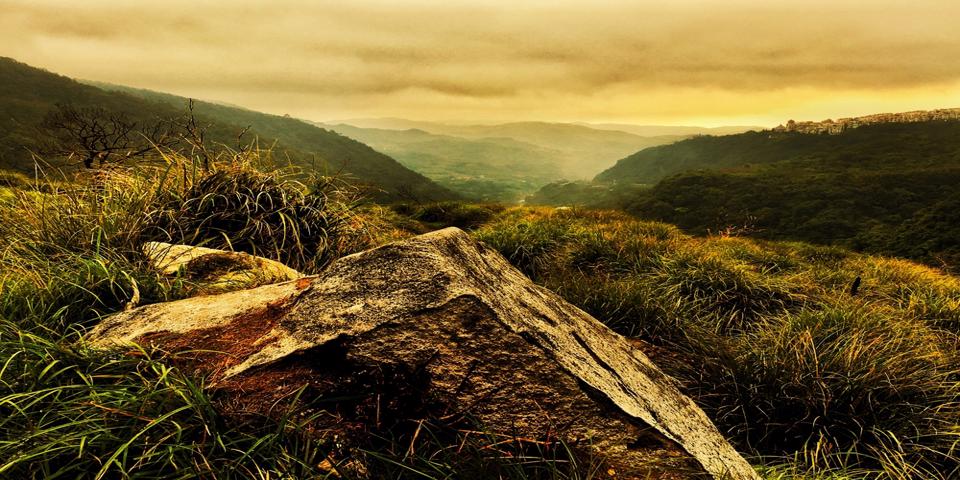
While the red rocks of Utah and Arizona get all of the attention, the eastern edge of Nevada has plenty of incredible rock formations too, and it’s not as crowded or expensive. Driving through the Valley of Fire is a non-stop, jaw-dropping adventure of incredible landscapes.
As you enter the park from the west, your views will begin with the Beehive Rocks, which really do look like beehives.
Next, enter the camping area and stop at Atlatl Rock; it’s covered with very well-preserved petroglyphs. Arch Rock is small, compared to the ones in Utah, but it’s still quite beautiful. Remember, don’t climb or walk on the arch, just take pictures.
Mouse’s Tank Road is incredibly scenic, and one of the most photographed places in the park.
Most of the hiking trails in the Valley of Fire are short, only a mile or two long, and pretty easy.
Some of the best hikes are along Mouse Tank Road, including the trails to the amazing Fire Wave, the Petroglyph Canyon Trail, the Pink Canyon and the trail to the White Domes.
Another cool place to visit in the park is “the Cabins”. The historic cabins were built with sandstone from the Valley of Fire in the 1930s by the Civilian Conservation Corps. While they were initially built for travelers to stay in, the cabins are now a picnic area, where you can have lunch and plan the rest of your day.
Once again, unlike a place like Zion National Park, the Valley of Fire is relatively uncrowded, it’s inexpensive, and you’re free to wander and explore along the roads and trails all you want.
4. Springtime in Valley of Fire here is gorgeous.
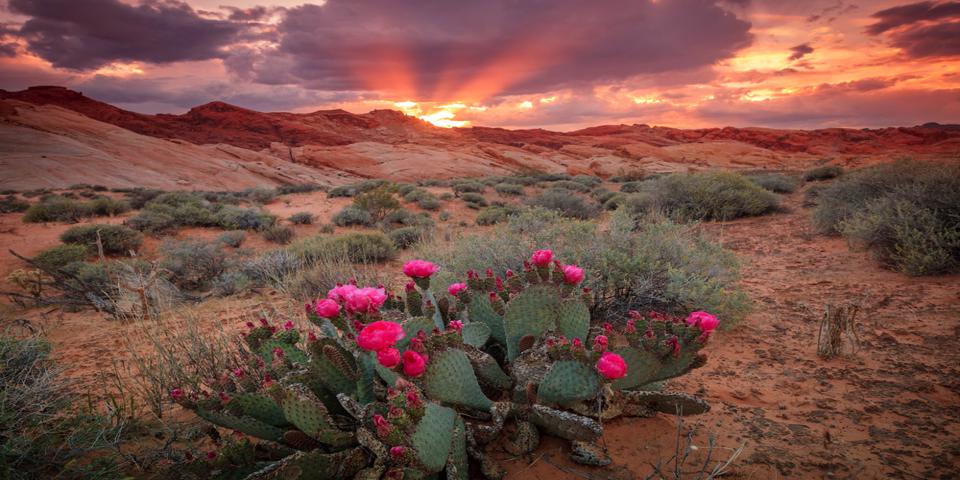
This is a desert, and during the summer, the Valley of Fire definitely lives up to its name.
Hands down, the best time to visit is in the spring when the temperatures are mild, and wildflowers such as the indigo bush, desert marigold, and desert mallow burst into bloom.
Likewise, the cactus set forth their huge, colorful blossoms this time of year.
The skies at this time are also a peerless, deep blue, setting a beautiful background for the deep, red sandstone. Spring is definitely the best time to take pictures at the park, and the weather should be beautiful.
5. Valley of Fire is teeming with wildlife.
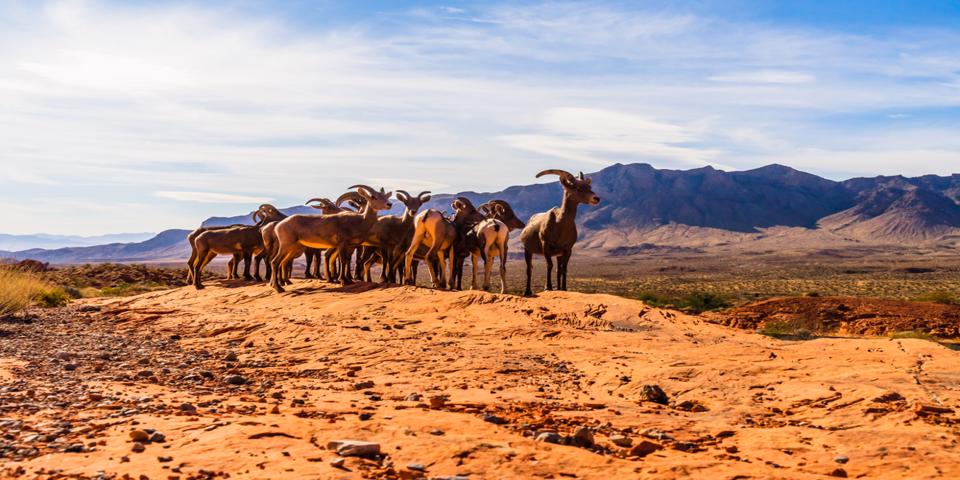
This part of Nevada is a famous haunt for not only Bighorn Sheep, but also wild horses and burros.
In fact, it’s not uncommon to see small herds of Bighorn relaxing on top of the magnificent red rocks, just waiting for you to take their picture.
There are many species of snakes and lizards here, as well as jackrabbits, coyotes, bobcats, foxes, antelope and of course, ground squirrels. The desert tortoise also makes its home here, and remember, it’s an endangered species that’s protected by state law.
You owe it to yourself to experience the “other Nevada”, the one that’s not Las Vegas.
Once you get away from the bright lights of the strip, Nevada feels remote, offering the solitude of unspoiled, beautiful landscapes. There are no crowds here, and you’ll be able to step back, away from the wild ride that is Las Vegas, and make peace with your own thoughts.

